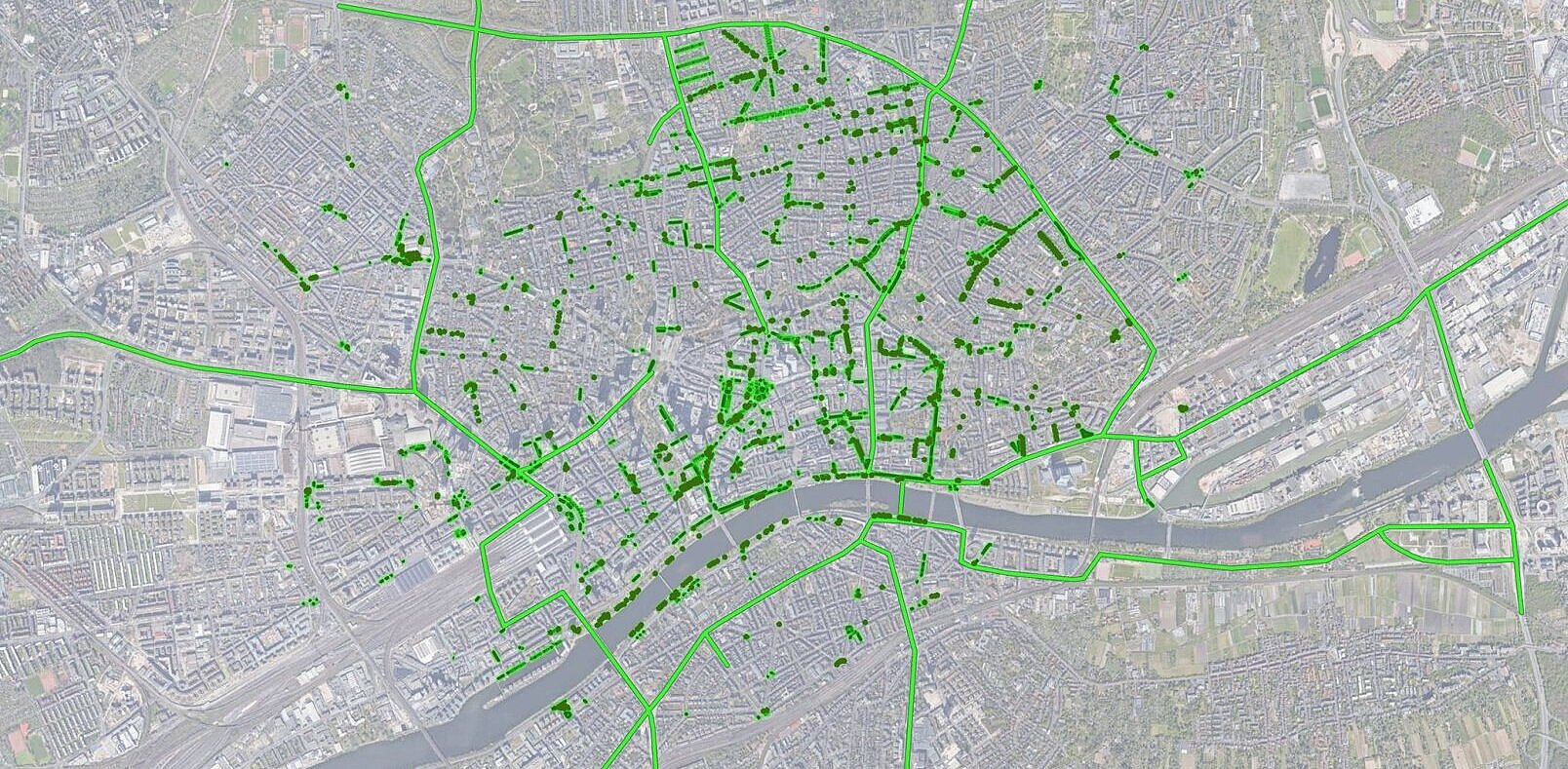Content: For the green metropolis of the future, there are a number of innovative greening concepts in addition to the creation of classic beds
In the city of the future, as many surfaces as possible will be greened: For example, vertical greening on building facades will have a positive influence on well-being and the urban climate. But even untraveled median road stripes of autonomous traffic will be greened with low vegetation in the future. These green spaces do not heat up as much as sealed areas, they absorb rainwater and represent a valuable area for biodiversity.
By implementing urban gardening spaces, the city of the future can also help raise awareness about food production and bring people together from diverse populations.
Similar to the green spaces on the bridges, all green spaces in the green metropolis of the future are equipped with humidity-, temperature- and nutrient-sensors so that centrally controlled space management can be carried out for each individual area.


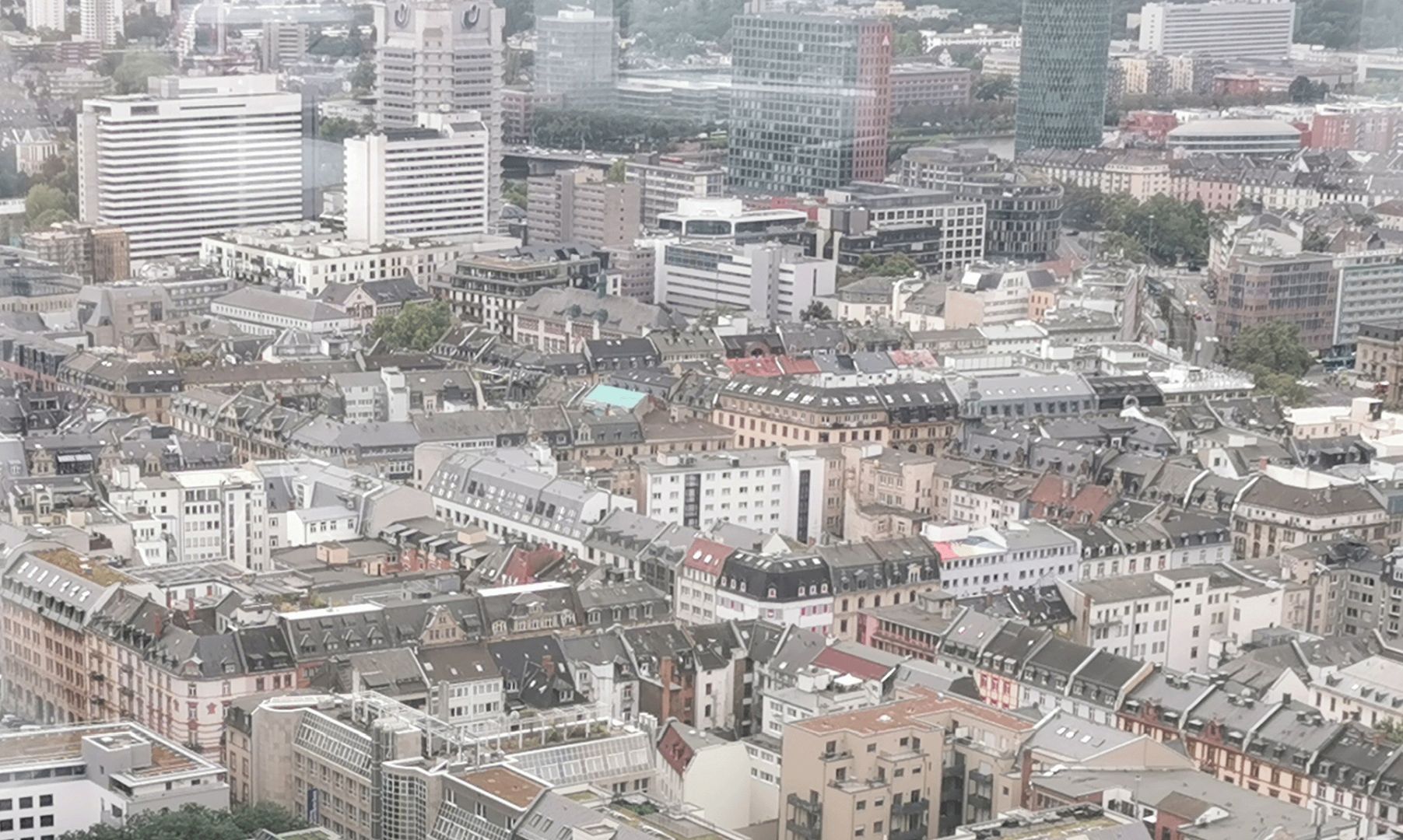

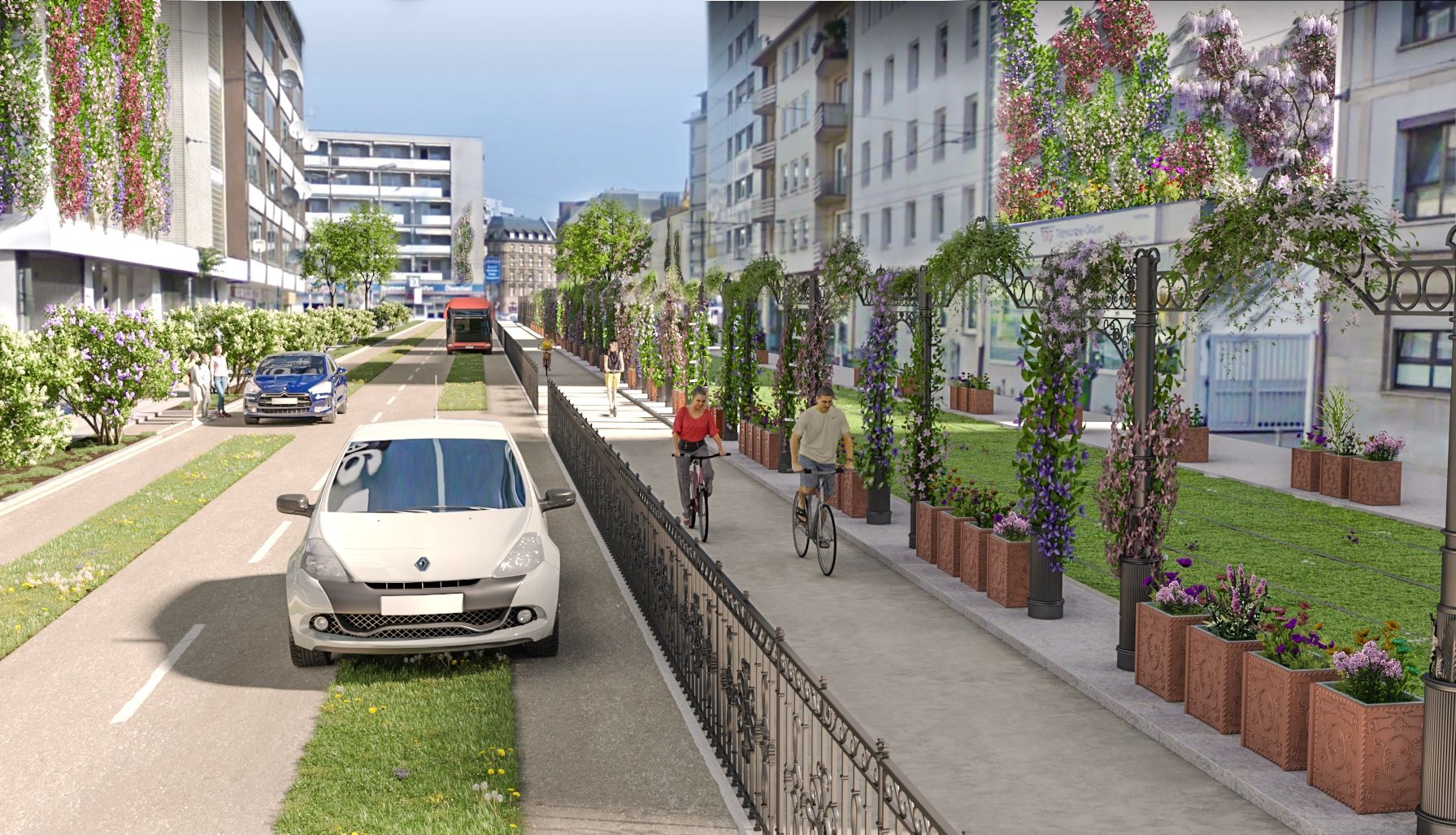
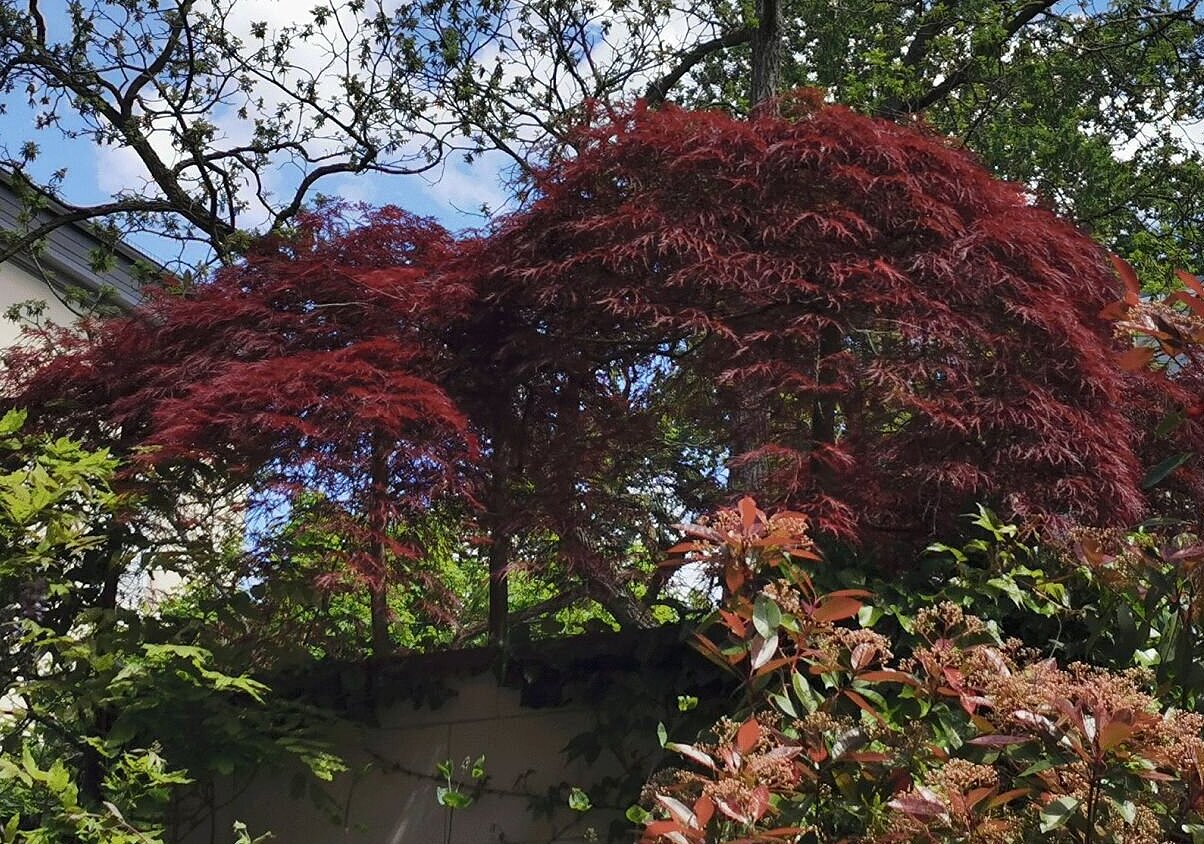


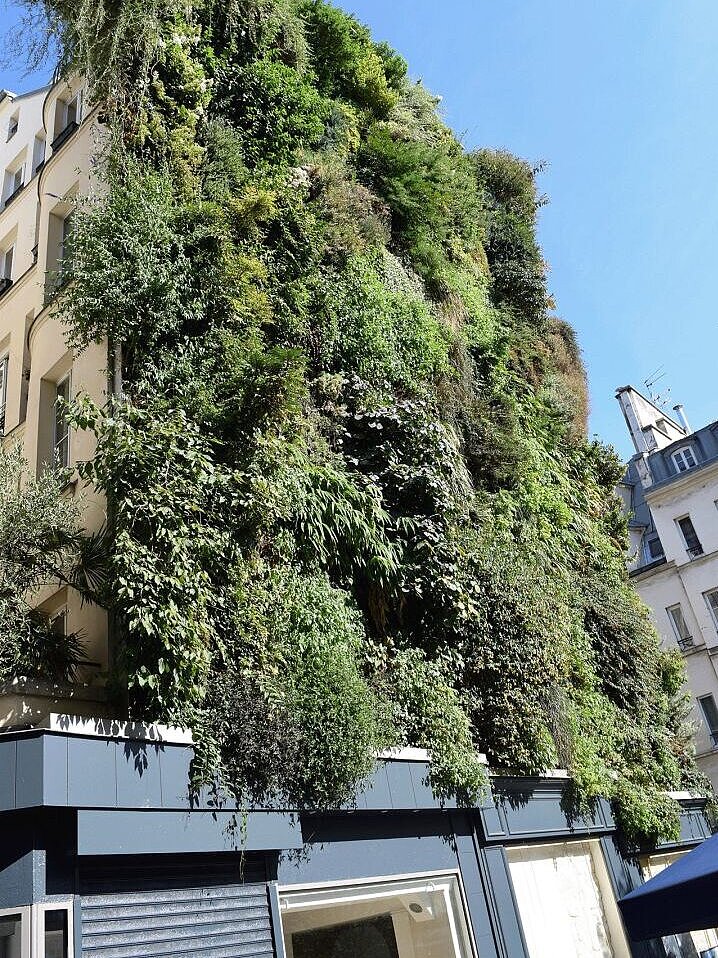


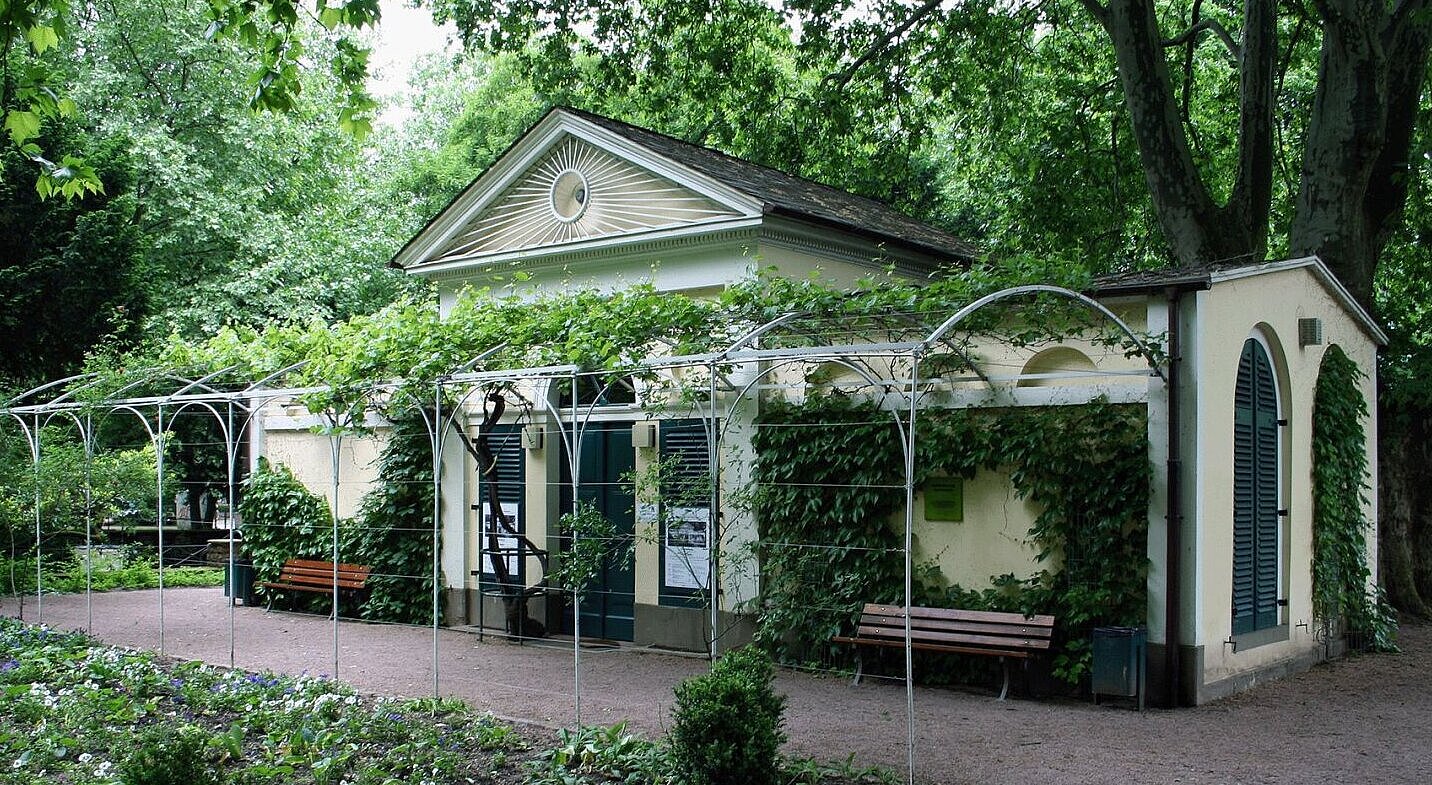

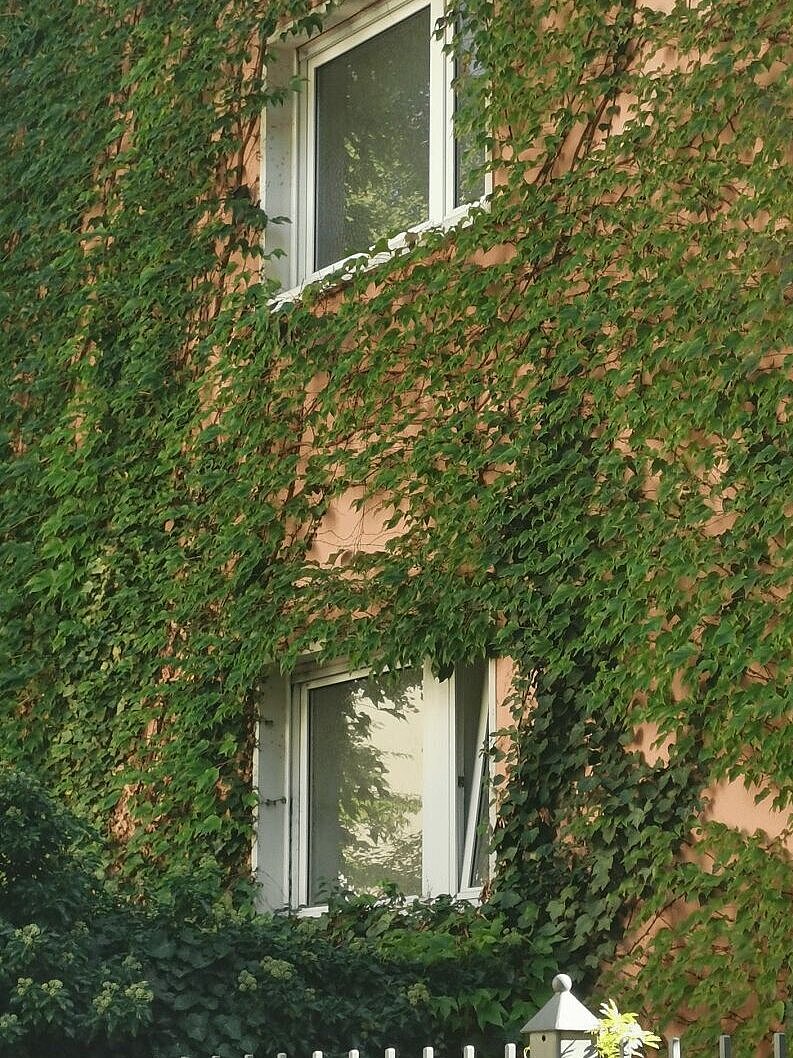
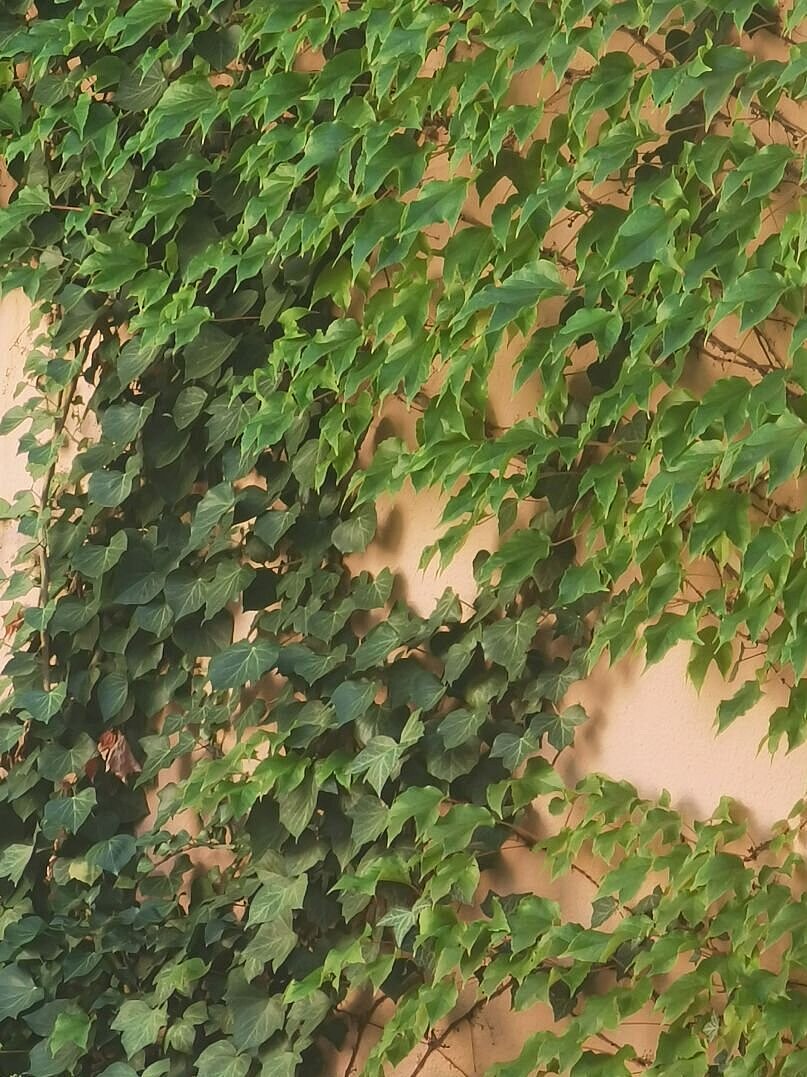
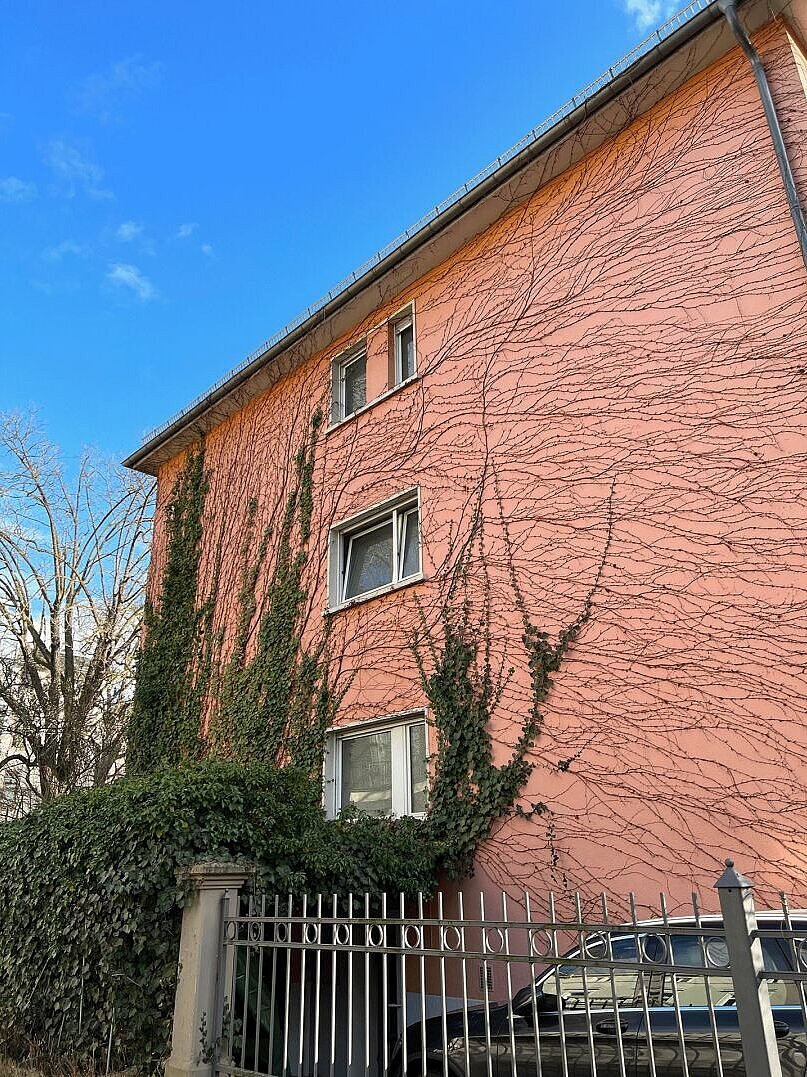
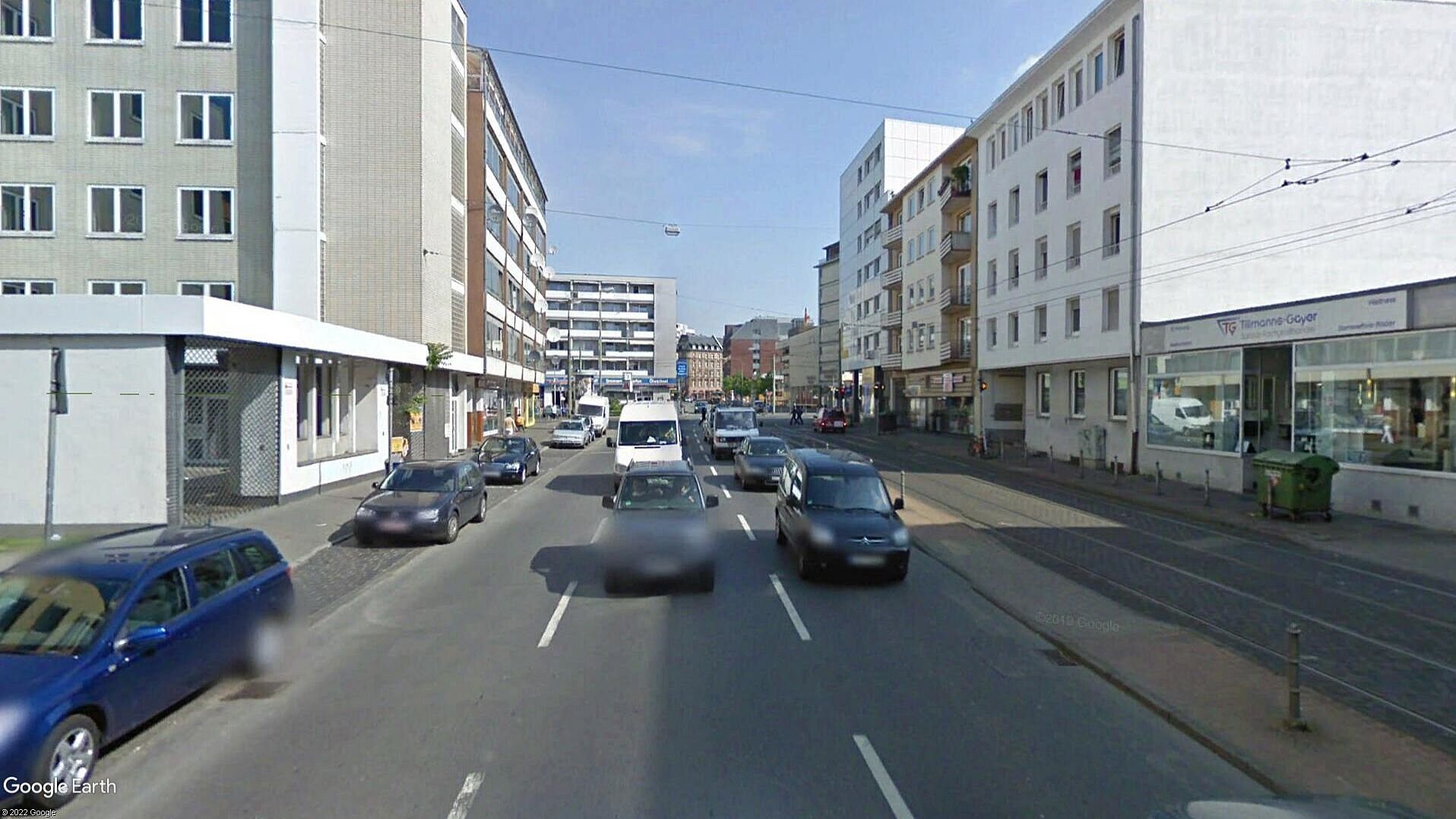
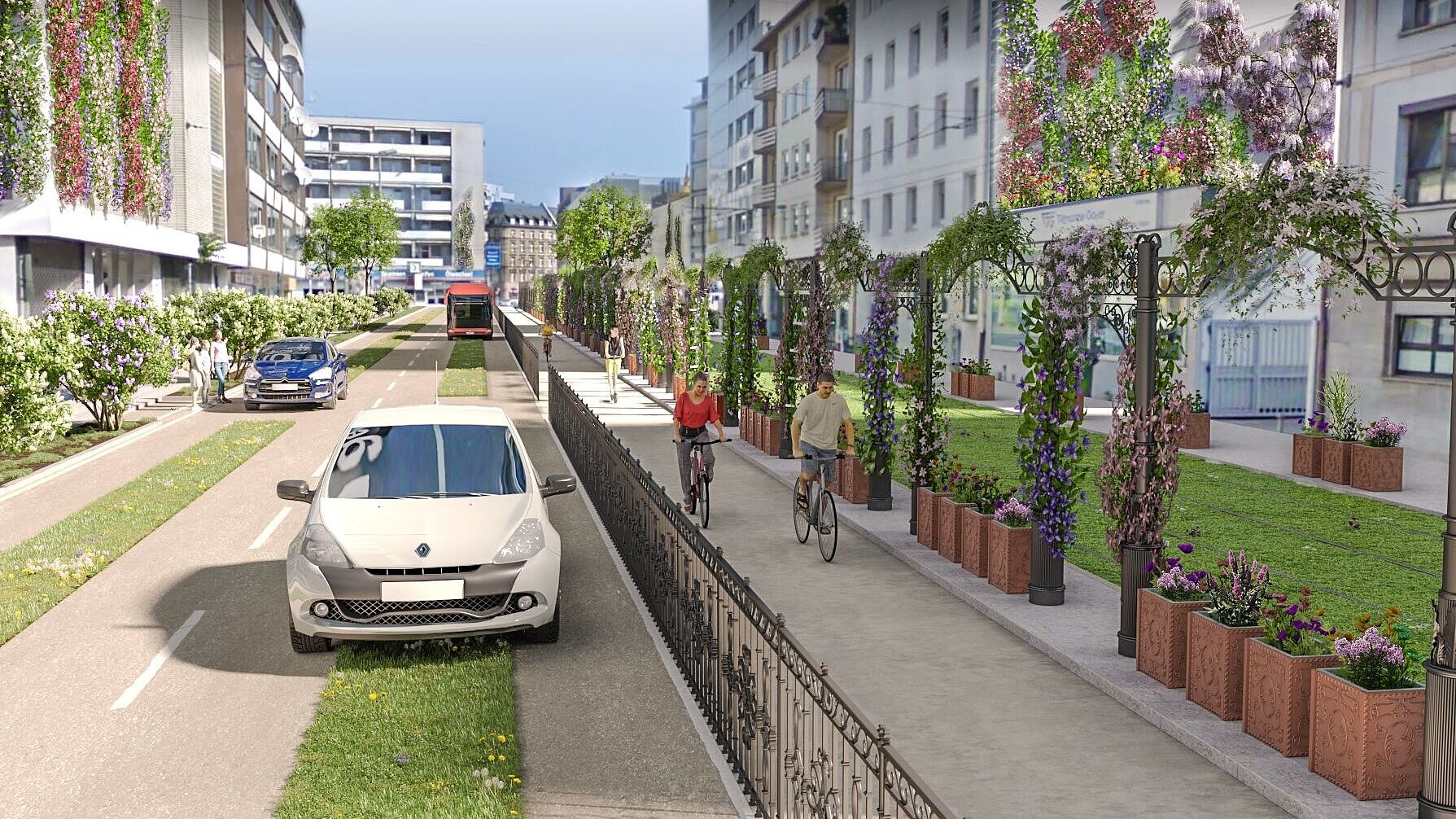

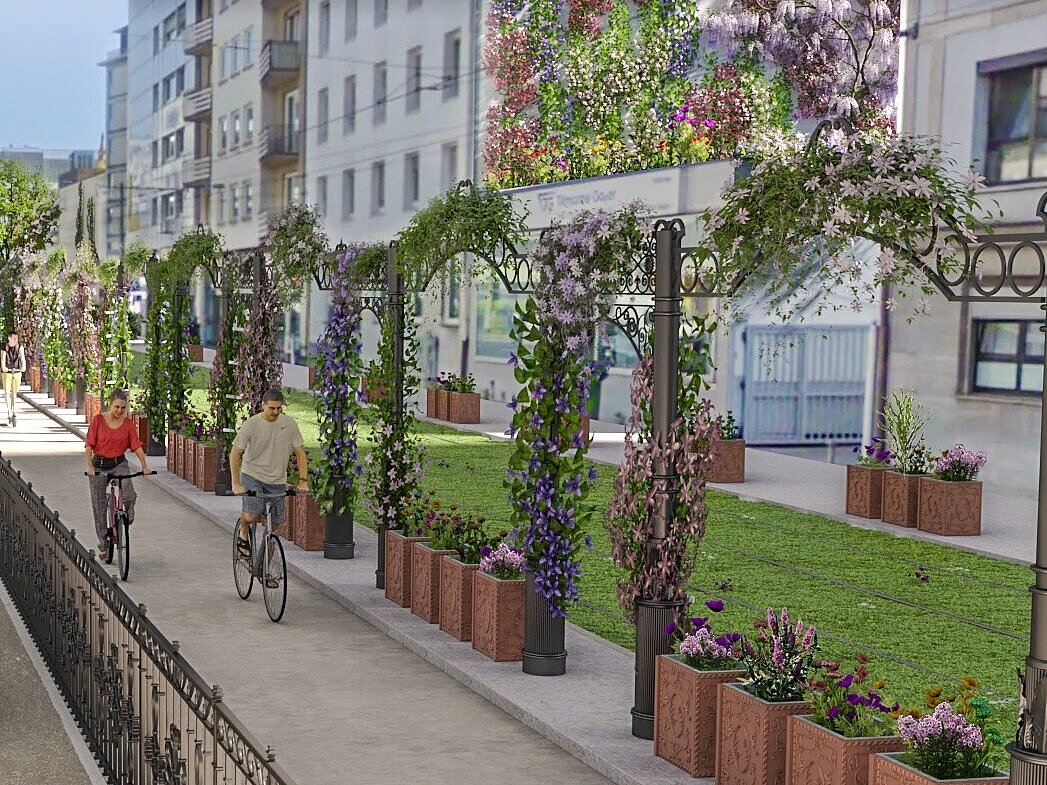

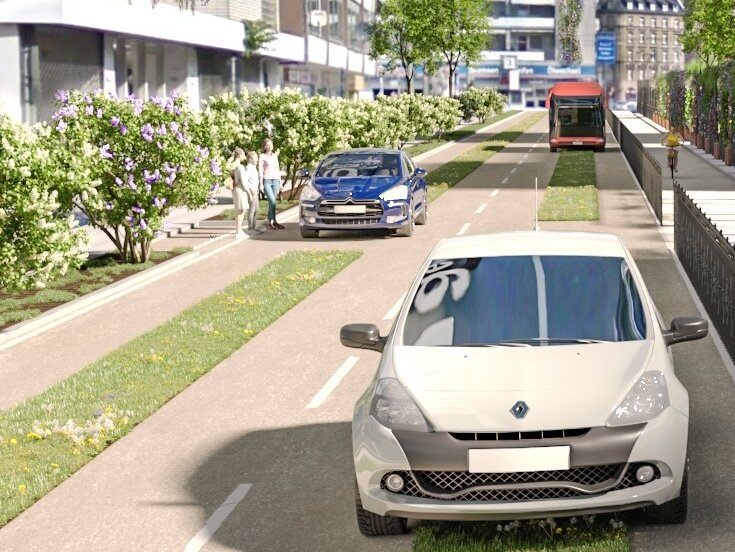
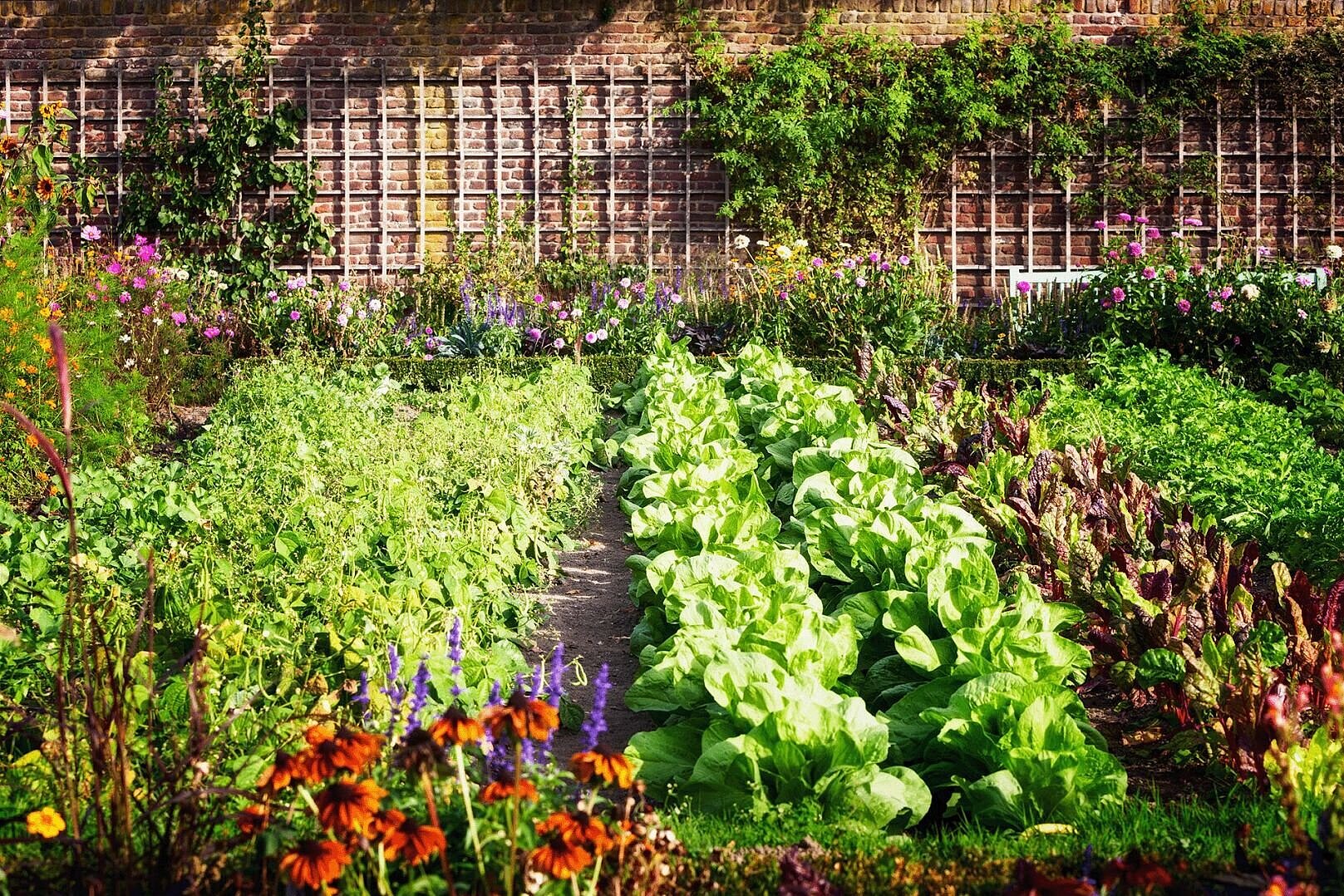
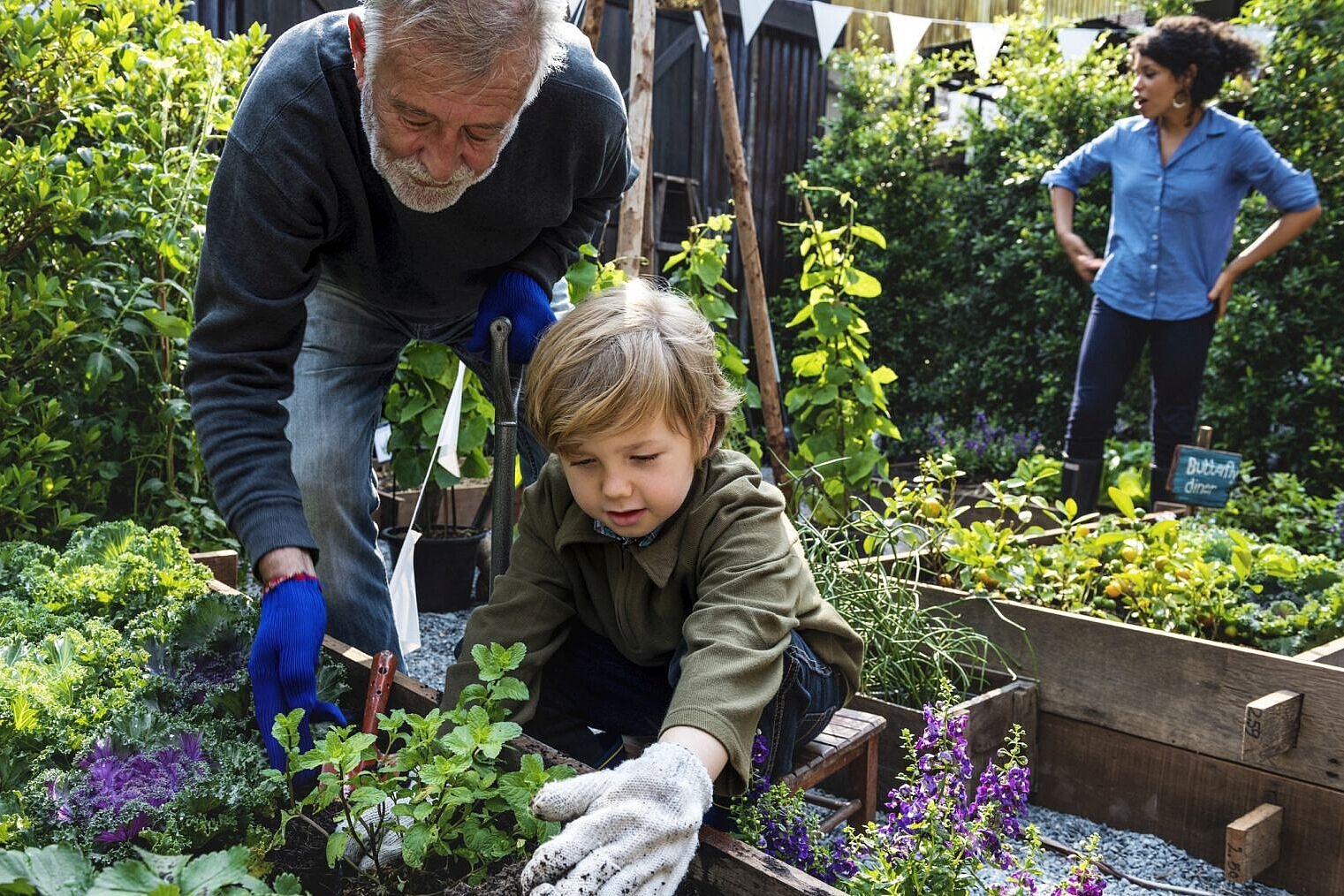
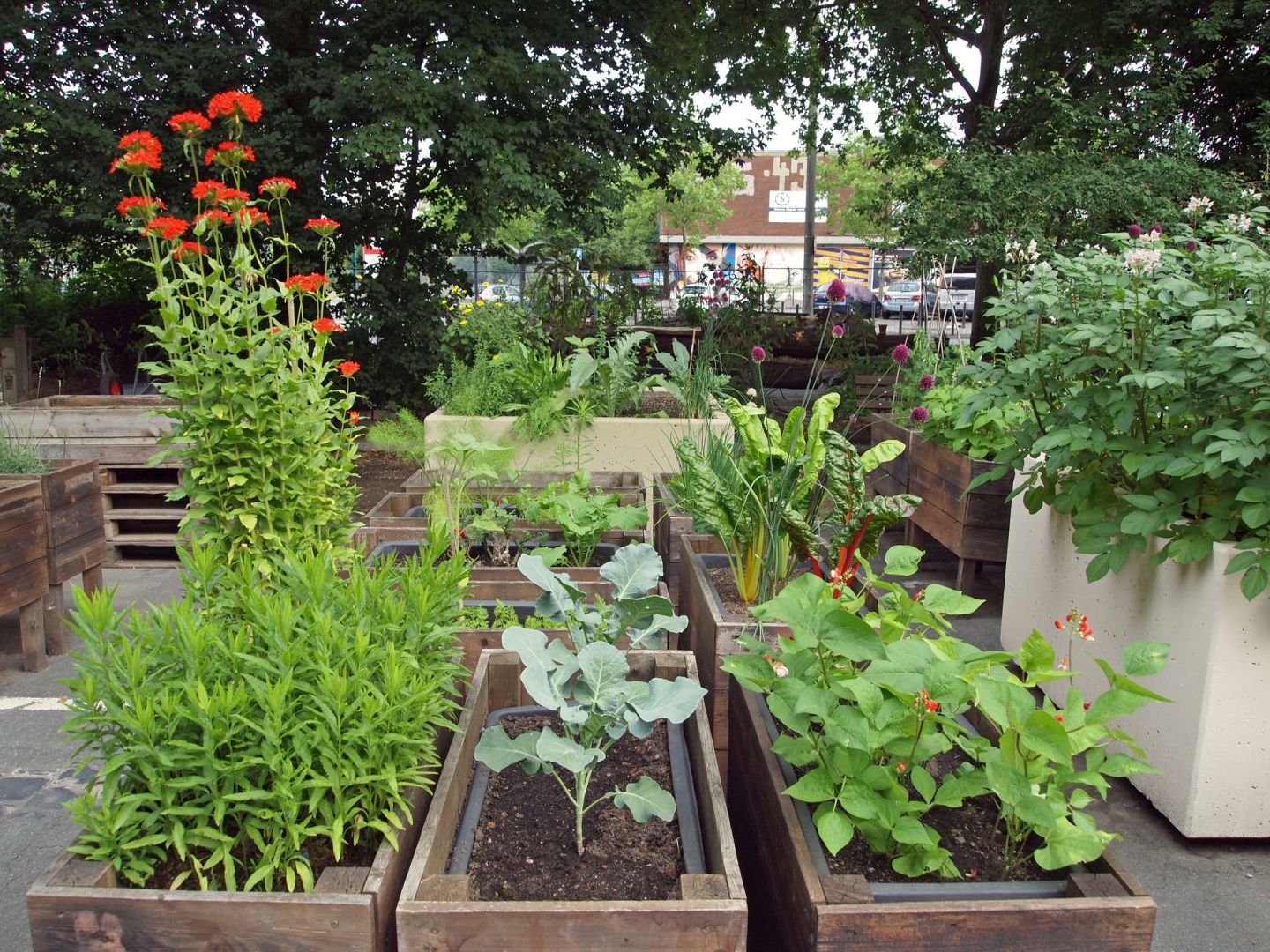


![[Translate to English:] Google Earth](/fileadmin/_processed_/4/b/csm_Entsiegelungskarte_33deed12e2.jpg)
